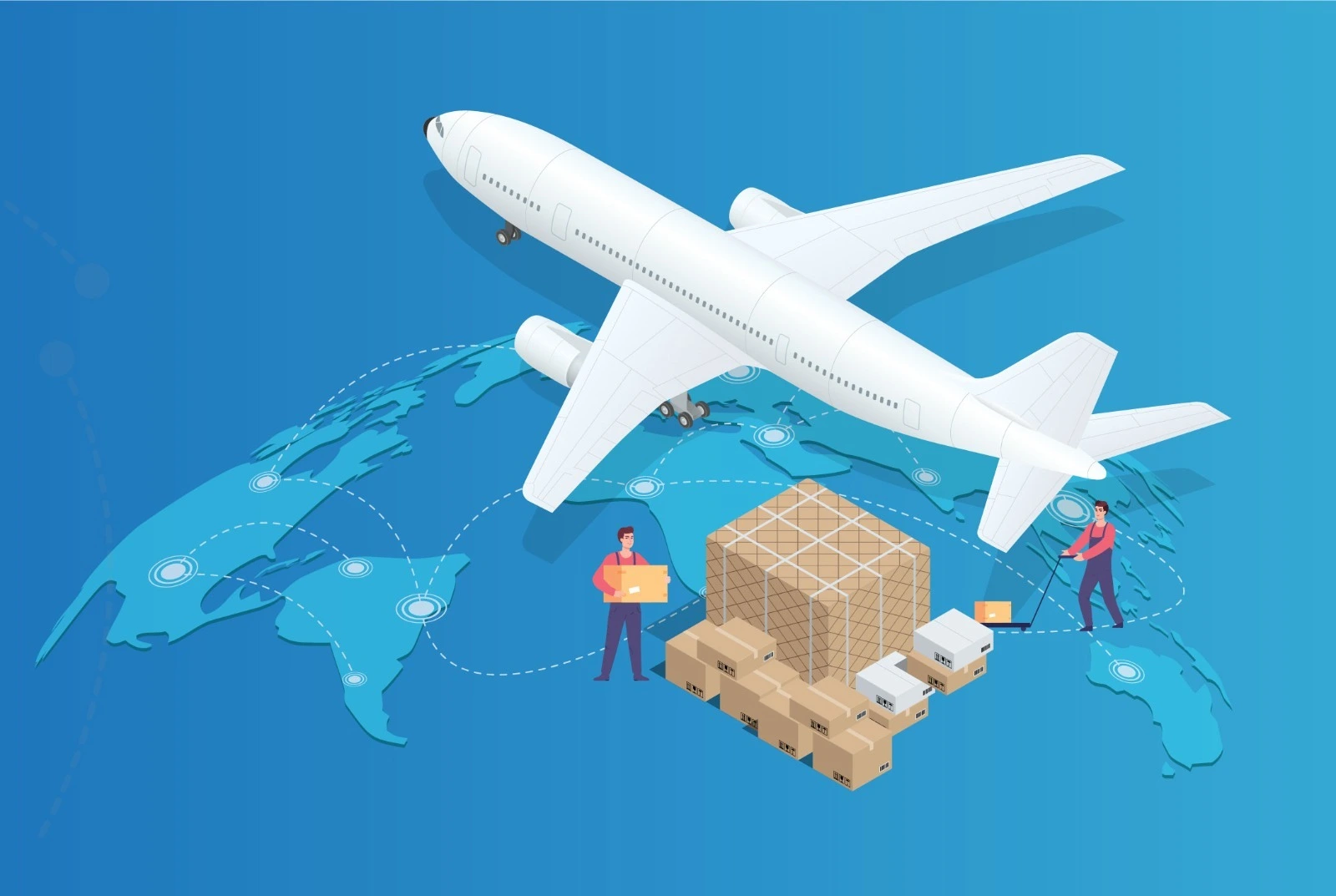Air Freight Forwarding Services vs. Ocean Freight: Pros and Cons
Choosing between air freight forwarding services and ocean freight is a key decision in global trade. Each option has distinct advantages and limitations that affect cost, speed, cargo safety, and customer satisfaction. Air freight forwarding services offer speed and flexibility, helping companies respond quickly to market demands. Ocean freight, meanwhile, is more cost-effective for bulk shipments. Picking the proper method can be the difference between smooth operations and costly delays. This article includes the pros and cons, helping you make more intelligent, strategic shipping choices.
Speed and Delivery Time: Why Air Freight Forwarding Services Wins
When time is critical, air freight is the apparent winner. Flights connect global cities in hours, not days or weeks. Quick turnarounds are crucial for the fashion, pharmaceutical, and electronics industries. Air freight forwarding services ensure tight delivery schedules are met and reduce the lead time between production and consumer availability.
In contrast, ocean freight can take several weeks, depending on the route. While predictable, it doesn’t offer flexibility in urgent situations. Delays are also frequent due to port congestion, customs, or weather. Despite improvements in maritime logistics, air cargo remains the gold standard for speed. Companies looking to minimize downtime or stockouts often prefer air freight for just-in-time delivery.
Cost Considerations: Ocean Freight Holds the Edge
Cost is a significant factor in logistics decisions. Ocean freight generally offers a much lower price per kilogram than air. This is especially important for businesses moving bulk goods. Shipping containers provide economies of scale that air cargo can’t match.
Air freight forwarding services, by comparison, are more expensive. Rates fluctuate with fuel prices, demand, and aircraft availability. For small, high-value goods, the higher cost is often justifiable. However, ocean shipping is the clear choice for bulky, low-margin products. It’s worth noting that hidden expenses, such as warehousing and customs fees, can add up in both cases. Accurate cost analysis is key to determining the best option.
Cargo Capacity and Shipment Volume
Ocean freight dominates when it comes to cargo volume. A single container ship can carry thousands of tons of goods. This makes it the preferred mode for raw materials, machinery, and large-scale shipments. It supports both Full Container Load (FCL) and Less than Container Load (LCL) services, allowing flexibility in shipping size.
Air freight forwarding services operate under stricter weight and size limits. Aircraft have limited space, and heavier items can drastically increase costs. While some dedicated cargo planes can carry larger shipments, they come at a premium. In short, if volume is your priority, ocean freight offers unmatched capacity.
Reliability and Schedule Consistency
Airlines typically offer more reliable schedules. Flights are frequent, and delays are often shorter. This consistency is valuable in industries that rely on fixed delivery times. Air freight forwarding also offers end-to-end tracking. This visibility enhances planning and reduces uncertainty.
Ocean freight can be less predictable. Ship schedules are subject to weather, port delays, and customs bottlenecks. While tracking technology has improved, maritime shipments still lack the real-time accuracy of air cargo. For time-sensitive deliveries, air freight remains the more dependable option.
Environmental Impact: A Growing Concern
Many companies now prioritize sustainability. Despite its slower speed, ocean freight has a smaller carbon footprint per kilogram shipped. Container ships can move more goods with less fuel per item, making maritime shipping more eco-friendly for large volumes.
In contrast, air freight forwarding services contribute significantly to carbon emissions. Aircraft consume more fuel and emit more CO2 per ton of cargo. The air cargo industry is exploring greener technologies, including electric aircraft and carbon offset programs. Businesses with environmental goals must weigh speed against sustainability.
Security and Cargo Safety
Air freight forwarding services generally provide better cargo security. Airports have stricter protocols, and cargo spends less time in transit, reducing the risk of theft, damage, or loss. Valuable and sensitive items like electronics or pharmaceuticals benefit from this added protection.
Ocean freight, while secure, involves longer journeys and more handling. Containers are loaded and unloaded at multiple ports, increasing risk exposure. While insurance can mitigate losses, the potential for damage remains higher. For high-value shipments, air freight provides peace of mind.
Flexibility and Global Reach
Air freight offers greater flexibility for last-minute shipments. Airlines serve a wider range of destinations with quicker transit. This makes them ideal for businesses entering new markets or managing seasonal demand. Air freight forwarding services can adjust routes and schedules with minimal notice.
Ocean freight is ideal for planned, large-scale logistics. However, it lacks the flexibility of air cargo. Port infrastructure and shipping lanes limit destination options, and changes to shipping plans often involve weeks of adjustment. Air cargo’s adaptability is a significant advantage in a fast-paced global economy.
Making the Right Choice with Air Freight Forwarding Services
Choosing between air freight forwarding services and ocean freight isn’t a one-size-fits-all decision. Each mode brings unique strengths—air freight offers speed, security, and reliability, while ocean freight provides cost savings, high capacity, and better environmental performance. The most effective logistics strategy often involves a tailored mix of both based on specific business needs. Logistics managers can build more efficient and responsive supply chains by understanding the pros and cons. Whether your priority is time, budget, or sustainability, air freight forwarding services continue to play a vital role in global logistics. Leveraging both methods strategically can boost competitiveness and elevate customer satisfaction.






